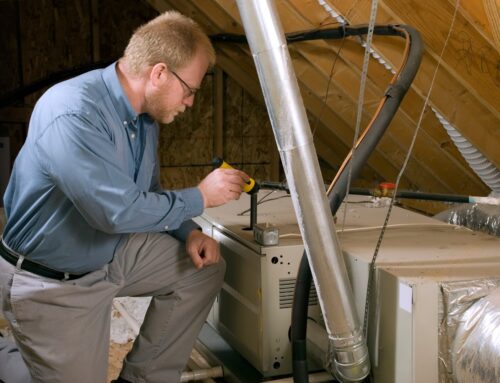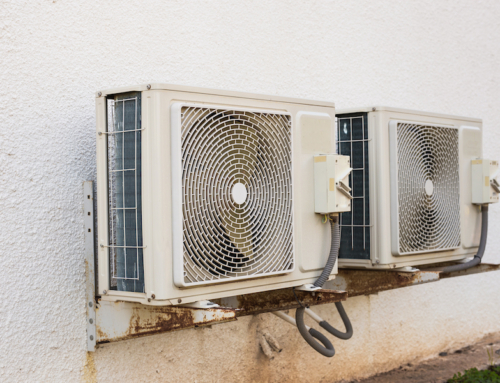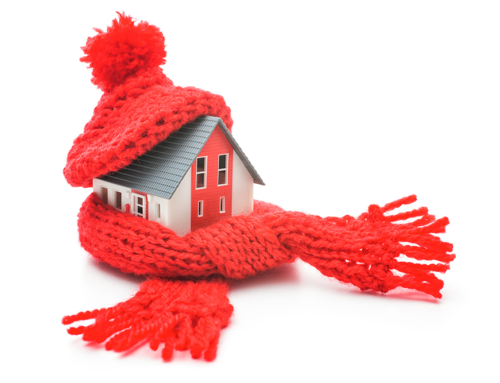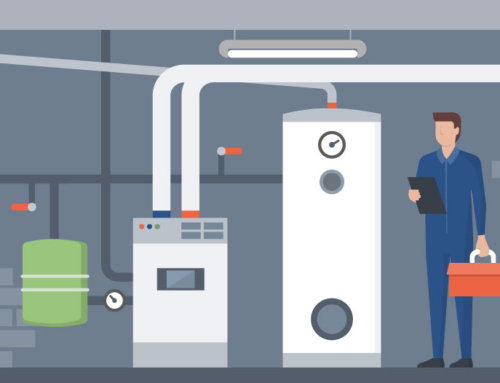As one would think (since it’s implied in the name), a temperature controller is an instrument used to control temperatures. Typically, they are easy to use and don’t require a lot of involvement. A controller in a temperature control system will accept a temperature sensor such as a thermocouple or RTD as input and compare the actual temperature to the desired control temperature, or setpoint. It will then provide an output to a control element. Basically, you can choose your desired room temperature setting, and it will accommodate you. Pretty awesome, right?
What Are the Different Types of Controllers, and How Do They Work?
There are three basic types of controllers: on-off, proportional and PID. Depending upon the system to be controlled, the operator will be able to use one type or another to control the process.
On/Off Control
An on-off controller is the simplest form of temperature control device. When using this type of controller, you have two options: on or off. This makes it easy to use, but not very flexible. An on-off controller will switch the output only when the temperature crosses the setpoint. That means, whether it’s set for heating or cooling, the system will switch off when it detects that the desired temperature is reached. Then, it will detect whether the temperature is hotter or cooler than the desired temperature and will click on the heating or cooling system as needed. On-off control is primarily used in a setting where total control is not necessary, where the size of the system is so large that temperatures change at an extremely slow rate, or for a temperature alarm. One type of on-off control used for alarm is a limit controller.
Proportional Control
Proportional controls are designed to eliminate the cycling associated with on-off control. A proportional controller decreases the average power supplied to the heater as the temperature approaches setpoint. This has the effect of slowing down the heater so that it will not overshoot the setpoint, but will approach the setpoint and maintain a stable temperature. If the temperature is below setpoint, the output will be on longer; if the temperature is too high, the output will be off longer.
PID Control
The third controller type provides proportional with integral and derivative control, or PID. This controller combines proportional control with two additions. The proportional, integral and derivative terms must be individually adjusted or “tuned” to a particular system using trial and error. It provides the most accurate and stable control of the three controller types, and is best used in systems which have a relatively small size because they will react quickly to changes in the energy added to the process.
While choosing a temperature control processor, it is important to consider the controller type. However, keep in mind that the controller is only a small part of the entire system. A few other things to keep in mind during your investigation are these: the type of input sensor and temperature range, the type of output that is required, and the number and type of outputs included.
If you have questions or need maintenance on your current system, be sure to contact Alpine Heating and Cooling here or call us today at 435-673-5746.






